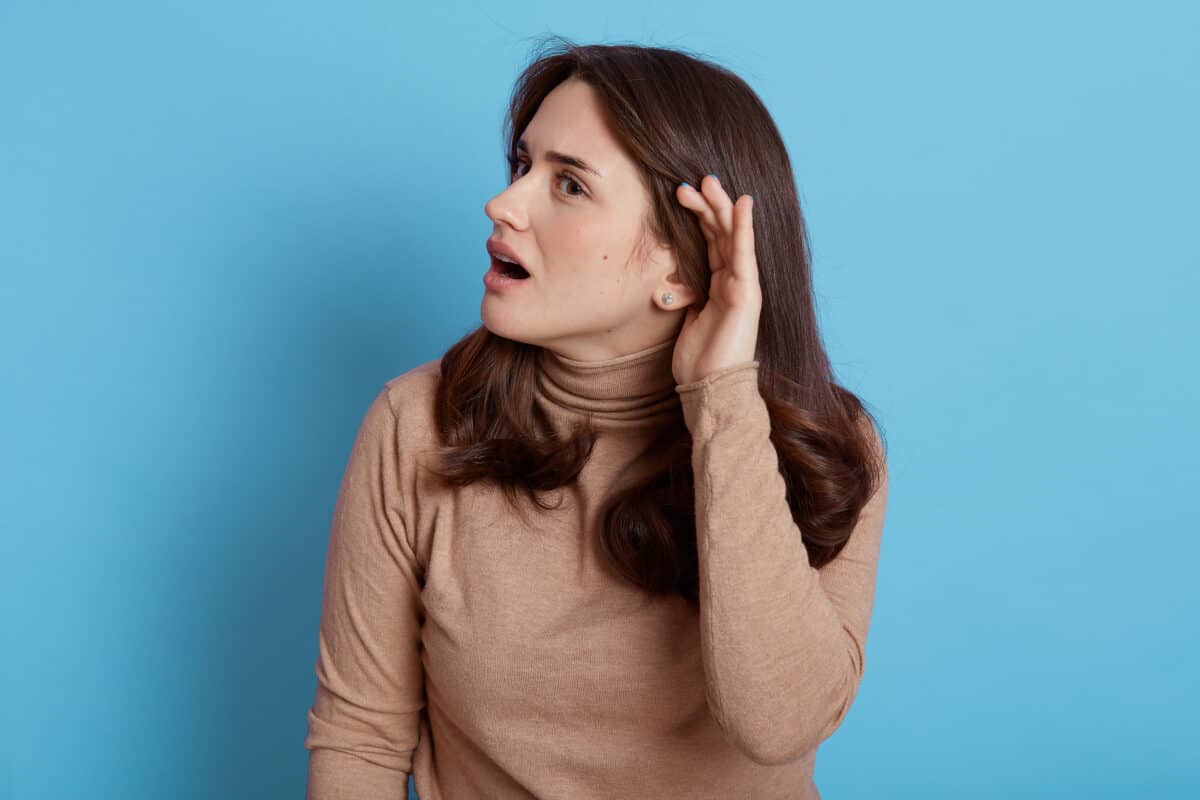- Strategies for Coping with Single-Sided Deafness - July 15, 2024
- How Summer Humidity Affects Hearing Aid Performance - July 3, 2024
- The Power of Body Language: Enhancing Communication for Those with Hearing Loss - June 28, 2024
Living with hearing loss presents many challenges, but is it a disability? The Americans with Disabilities Act (ADA) defines a disability as either a physical or mental condition that substantially limits one or more major life activities. Doctor’s appointments, meetings at work, and family gatherings are just some of the situations in which hearing loss can limit one’s ability to participate fully. So put simply, yes, hearing loss is rightfully considered a protected disability under the ADA and is classified as a communication disability along with vision and communication disabilities.
Not only does the ADA, made law in 1990, define what encompasses a disability but it also protects the rights of those living with disabilities as well as increases accessibility options.
What is effective communication?
For those living with hearing loss and other communication disabilities, accessibility means effective communication. The ADA states that effective communication means a person with hearing loss must have equal access to information just as someone without any communication disability would.
Why is effective communication important?
Information that can be understood by all is important to achieve full inclusion and participation as well as to keep everyone safe. For example, at a doctor’s office when a doctor is explaining something related to the health and wellness of an individual, that person must be able to adequately hear and understand in order to be compliant with the health plan.
In public spaces, information that is accessible to those with hearing loss might include educational or professional lectures and meetings or even how to evacuate a building in an emergency.
Furthermore, leisure activities, such as going to the movies or taking a tour of a city while on vacation, are vital for quality of life. Therefore, they must able have resources available to include those with hearing loss.
How to achieve effective communication
For hearing loss, effective communication can be achieved in a number of ways depending on the situation.
- Assistive listening devices, ALDs, can be used in public spaces as well as private conversations. They work by transmitting sound directly to a person either with or without hearing aids. ALDs include Bluetooth technology, telecoils, and FM/DM listeners.
- Bluetooth technology can be used with compatible cellphones or music listening devices to transmit the sound directly into a compatible hearing aid or headphone. As Bluetooth technology becomes more popular, there are more opportunities for those with hearing loss to connect to other devices.
- Telecoils work similarly to Bluetooth by transmitting sound to a person directly however are more often used in public spaces such as medical facilities, airports, and even concert venues. A cooper wire in the building is used to transmit sound to a very small wire inside a hearing aid called a telecoil, the process is called a loop system.
- FM/DM listeners typically are devices that use small microphones and receivers worn around the neck. The speaker wears the microphone which is transmitted to a receiver that the listener is wearing. These are helpful in a classroom setting or somewhere with a lot of background noise, such a restaurant.
- Communication Access Real-time Translation, or CART, is captioning that operates in real time converting spoken words into text for the hearing impairment. CART can be used in medical appointments or professional meetings as well as at a live theater show. The text can be on a screen for all to read or on a personal device such as a laptop.
Ultimately, the ADA has provided a framework for accessibility that works to meet the needs of those living with hearing loss. However knowing and advocating for these rights are still an important part of the process. If someone with communication needs is attending an appointment, meeting, or show and requires assistive devices, they should reach out prior to the event to make sure the necessary steps have been taken and the appropriate equipment is available.
ADA has made great strides in the inclusion of people with disabilities into all aspects of daily life. If you want to learn more about your rights as someone with hearing loss, speak with your hearing health provider about the accessibility options available in the environments you need them.

